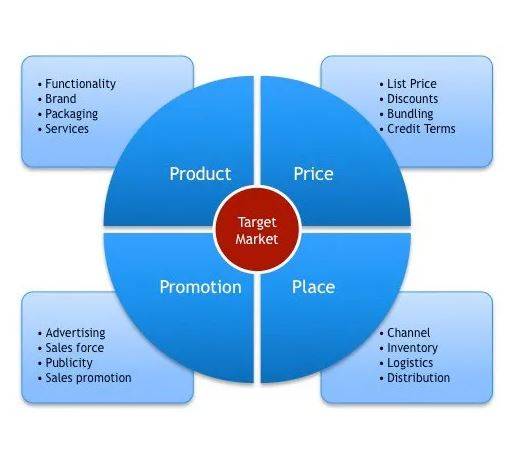Set the best pricing with the 4C marketing framework
Pricing practitioners often use the four Cs: customer, costs, competition, and constraints to define a price. Regardless of whether you want to set your daily rate as a freelance photographer, or the price of your product, I strongly encourage you to systematically consider all four Cs in your price-setting process.
The first and most important factor is the customer. More precisely, the customer’s willingness to pay. Are you willing to pay $7 for a cappuccino? This depends probably on your budget, which is part of your socioeconomic status. Some customers never buy such an expensive beverage, some make conscious decision about the purchase and others may not be as concerned about the price of the coffee. However, not everybody who can afford your product is going to buy it. So the second question is whether the customers are also willing to pay your price? The willingness to pay sets the upper limit for the price you can charge. If you charge less, the customer is happy. If you charge more, the customer is not buying.
The second factor is your costs. In its simplest form, we consider the variable costs as the lower limit for your pricing. For example, if you are selling computers and your own purchase price is $690, you should charge more to stay in business. Of course, there are always exceptions, such as a clearance sale. But as a general rule, your price should be above your variable costs. If you sell your own time, you need to calculate the minimum hourly rate to keep your business running.
Keep in mind that you also need to cover the fixed costs in your business, not just the variable costs. The difference between the price you charge and the variable costs is called contribution. Every sale should generate a contribution to cover your fixed cost. Competitors are important in your pricing. But before you compare your price with the competition, you should also compare their offers. Some competitors offer more than you, some less, and some offers are not directly comparable. Yet, customers might perceive them as alternatives, and therefore, they are competing with your offer. In the second step, you compare prices.
If they lower their prices, the willingness to pay might decrease in the whole market. For example, if one bank starts to provide debit cards for free, it’s difficult for the other banks to charge a fee because the customer willingness to pay has changed. The last C, constraints, is less obvious than the previous three. If you own a winery, you cannot sell more wine than you produce, and this is your constraint. If you run a hotel, the number of rooms is your constraint. You cannot sell more units than you have, and you should sell them when you can charge the most. Constraints can also be set by the government or by law. Taxi drivers in some cities have to apply a given price. Pharmaceutical companies have their prices set by the government. And universities are not free to set tuition for in-state students, for example.
I recommend that you download the checklist for your own 4C analysis. You can do a separate 4C analysis for any of your products and services, and even for different segments or different season. Make sure to update your analysis frequently because markets are dynamic. So there you have it. The four Cs should always serve as a reference for any of your pricing decisions.






